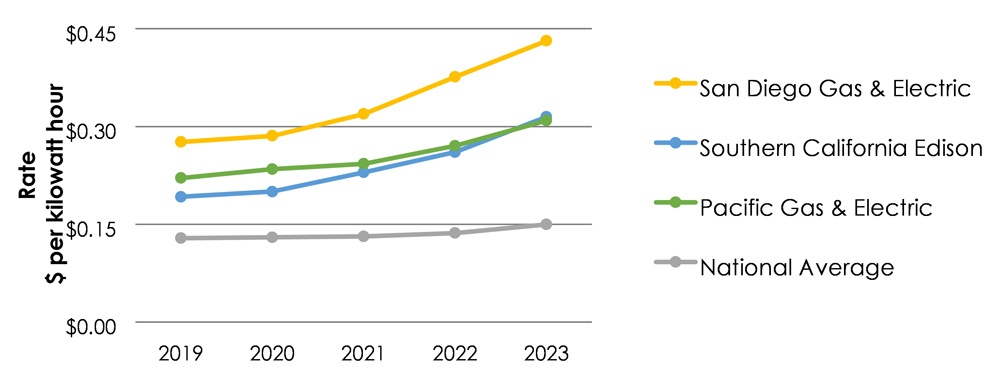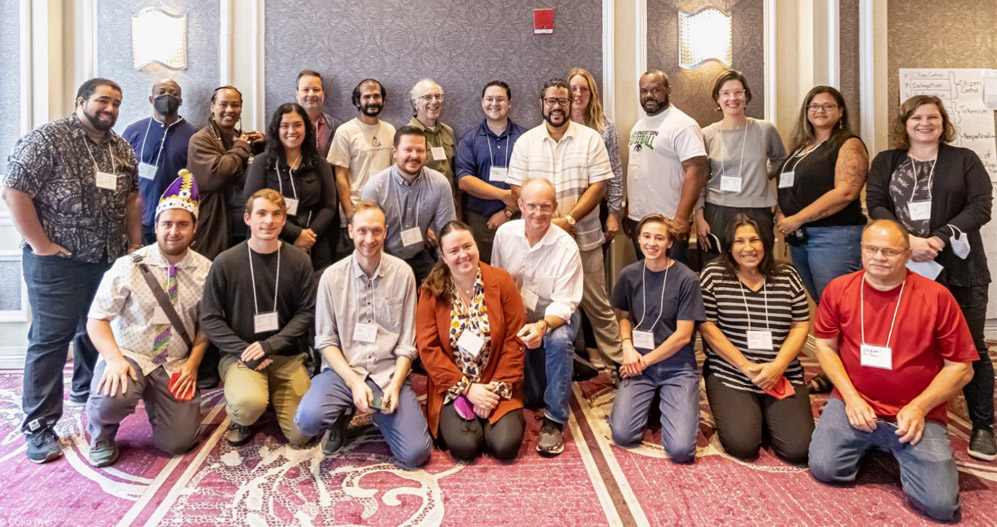New Jersey lawmakers are considering a pile of proposed laws related to clean energy as the legislature nears its summer recess, among them bills that would expand the state community solar program, create an electric vehicle battery recycling program, promote the use of heat pumps and develop storage system capacity.
The Assembly Environment and Solid Waste Committee on June 15 advanced A4782, which would give the New Jersey Board of Public Utilities the power to approve 225 MW of community solar projects in fiscal years 2024 and 2025, and 150 MW a year after that.
The Senate passed the bill in February. The legislature takes a summer recess at the end of the month, and any legislation not passed by then will have to wait until at least November to be considered.
Community solar is seen as a key part of the state’s clean energy future, and the capacity levels set in A4782 are slightly above the 150 MW/year proposed by the BPU in a straw proposal for a permanent community solar program released in April. However, the capacity is well below the 500 MW/year that the bill’s sponsors had sought when they first introduced the legislation. BPU officials, who held two successful pilot community solar solicitations, had opposed the expansion, arguing that the agency could not handle such a dramatic increase in capacity. (See NJ Proposes Modest Community Solar Capacity Hike.)
The bill would also direct the BPU to draft rules and regulations to allow low- and moderate-income residents to “self-attest” their income in applying for the program, rather than providing documentation. At least half the customers enrolled in community solar projects must be low- or moderate-income residents, but developers have found it difficult to meet that quota, in part because residents don’t want — or are unable — to provide the documentation.
Opponents to the law included the New Jersey Division of Rate Counsel, who submitted a letter June 14 to the committee that expressed concern that the 500-MW capacity would “likely crowd out lower-cost grid supply projects” that attract lower subsidies.
“Legislation should not limit competition in the solar market, as competition tends to drive prices downward,” the division wrote.
Assemblymember John F. McKeon (D), a bill sponsor and committee member, said he and Sen. Bob Smith (D), a sponsor in the Senate, had met with the BPU and other stakeholders over the past 18 months.
“This was the framework that they’ve chosen and asked us to proceed with to best implement our goals to accentuate solar throughout the state,” he said.
End-of-life EV Battery Management
The committee on Thursday also approved A5365, which would create a program to provide “proper end-of-life management” of EV batteries.
The bill would require battery manufacturers, resellers, importers and anyone who sells vehicle batteries in the state to submit a battery management plan to the New Jersey Department of Environmental Protection (DEP). The bill also would require any vehicle battery sold in the state to contain a permanent label providing information about the battery. It would also prohibit the disposal of such batteries as solid waste.
Scot Mackey, a lobbyist for Alliance for Automotive Innovation, which represents many automobile manufacturers, said the bill’s proposal that manufacturers submit a battery recycling plan to the DEP would be “onerous.” He urged legislators to instead back a plan under which battery owners would find their own recycling method, with the manufacturer as a “backstop,” if there is no other alternative.
That approach “lets the existing infrastructure that is already out there … to still play the role that they play and take those vehicles and recycle them,” Mackey said.
The committee also backed A5442, which would direct the BPU to study how best to market and promote large-scale geothermal heat pump systems, and look at the feasibility and benefits of mounting such a campaign.
The bill is part of an escalating focus among state agencies on how to reduce carbon emissions from buildings. Other elements include an executive order from Murphy to electrify 400,000 dwelling units; an energy benchmarking program; a “Clean Buildings Working Group”; and a recent building decarbonization straw proposal. (See NJ BPU Outlines $150M Building Decarbonization Plan.)
The bill would require the BPU to study whether the state should offer financial incentives such as public-private partnerships and financial investments. The study would also examine whether heat pumps would be “affordable” and to what extent those costs should be borne by ratepayers.
The bill also would require the BPU to assess the relative energy efficiency of geothermal heat pumps compared to other common energy sources, such as natural gas, propane and fuel oil, and how other states are implementing the pumps.
Barbara Blumenthal, research director with the New Jersey Conservation Foundation, said the organization considers the topic important and urged the BPU study to adopt a broad approach.
“We want to make sure we’re using this technology … in ways that it actually reduces bills for consumers,” she said. “We want to make sure that the study considers different business models … and not just assuming that it’s going to take a significant amount of ratepayer money or other general expenditures to do this.”
Stimulating Storage Development
Another bill under consideration in the Assembly, A4893, takes aim at the state’s shortfall in energy storage capacity, seeking to boost a supplemental energy source that is seen as key to the expansion of clean energy use and to address the inconsistent nature of wind and solar generation.
The state, although aggressive in several clean energy sectors, is far from reaching its goal of putting 2,000 MW of storage in place by 2030. (See NJ Offers Plan to Boost Lagging Storage Capacity.)
The legislation would require the BPU to develop a pilot program to provide incentives to developers and others that install energy storage systems, and then regulations for a permanent program. The program would seek to help develop a range of storage, from “customer-sited energy storage systems, which are smaller energy storage systems owned by a customer of electric utilities and sited in a customer’s residence or business … to front-of-the-meter energy storage systems, which are larger energy storage systems that are connected directly to the grid,” according to a legislative summary of the bill.
The incentives, a portion of which would go to low- to moderate-income customers, would consist of an upfront payment and a performance incentive paid by the electric utility to compensate the storage owner for services providing electricity to the grid. The Senate approved the bill a year ago.
Stimulating EV Charger Development
Still awaiting support in either house, however, is a controversial bill that seeks to promote the installation of commercial EV chargers by reducing the electricity rate charged to the operators. Sen. Smith, chairman of the Senate Environment and Energy Committee and a vigorous clean energy advocate, pulled it from the committee’s June 8 agenda, and it has yet to be formally considered.
The bill, S3914, would require each electric utility to submit a tariff for commercial customers to the BPU. The tariff would not use “demand charges” but would be designed to “utilize alternatives to both traditional demand-based rate structure and capacity demand charges” and “establish cost equity between commercial electric vehicle tariffs and residential tariffs,” according to the bill.
It also aims to “accelerate third-party investment in electric vehicle charging infrastructure for light-, medium- and heavy-duty vehicles.”
The bill sparked opposition from the Division of Rate Counsel, which argued in a June 7 letter to the committee that the costs associated with high demand will not go away simply because the state allows commercial EV charging companies to avoid them.
“The [demand] charge is used so that users with high electric load are contributing their fair share to maintain the electric grid and account for other charges associated with large loads,” the division said. “If demand charges are waived for certain customers who are putting the greatest demands on the grid, other customers, who use far less electricity, will ultimately pay for them through rate increases.”
The Rate Counsel urged the committee to reject the bill and allow the BPU to study how best to set electric rates for commercial EV charging vendors while also being fair to ratepayers.




